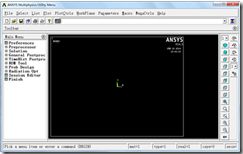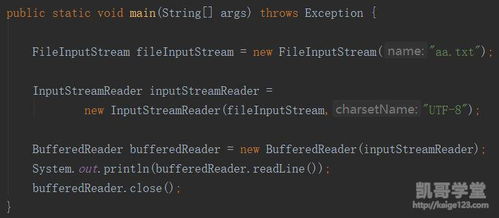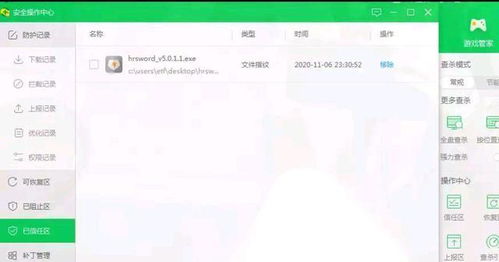
Using BufferedReader to Read a File in Java: A Detailed Guide
Reading files in Java can be a straightforward process, especially when you’re dealing with plain text files. One of the most commonly used classes for this purpose is BufferedReader. In this article, I’ll walk you through how to use BufferedReader to read a file in Java, covering various aspects such as setting up the environment, understanding the BufferedReader class, and implementing the code to read the file.
Setting Up the Environment

Before you start, make sure you have Java installed on your computer. You can download the latest version of Java from the official website (https://www.java.com/en/download/). Once you have Java installed, you can proceed to set up your development environment.
For this example, I’ll be using an Integrated Development Environment (IDE) called IntelliJ IDEA. You can download and install IntelliJ IDEA from their website (https://www.jetbrains.com/idea/). Once installed, create a new Java project and add a new class to it.
Understanding BufferedReader

BufferedReader is a part of the java.io package and is used to read text data from a file. It provides a buffered input stream, which means it reads data in chunks, reducing the number of read operations required to read the entire file. This makes it more efficient than using the FileReader class, which reads data one character at a time.
Here’s the syntax for creating a BufferedReader object:
BufferedReader reader = new BufferedReader(new FileReader("filename.txt"));In this syntax, FileReader is used to open the file, and BufferedReader is used to wrap the FileReader object. The “filename.txt” is the name of the file you want to read.
Reading the File

Now that you have a BufferedReader object, you can start reading the file. The readLine() method is used to read a line of text from the file. Here’s an example of how to use it:
String line;while ((line = reader.readLine()) != null) { System.out.println(line);}In this example, the while loop continues to read lines from the file until the end of the file is reached. The readLine() method returns null when the end of the file is reached, which is why the loop terminates.
Handling Exceptions
When working with files, it’s important to handle exceptions that may occur during the process. BufferedReader throws IOException, which is a checked exception. You can handle this exception using a try-catch block:
try { BufferedReader reader = new BufferedReader(new FileReader("filename.txt")); String line; while ((line = reader.readLine()) != null) { System.out.println(line); } reader.close();} catch (IOException e) { e.printStackTrace();}In this example, the BufferedReader object is closed using the close() method to release any system resources associated with it. The catch block catches the IOException and prints the stack trace to the console.
Reading Files with Different Encodings
By default, BufferedReader reads files using the platform’s default character encoding. If you need to read a file with a different encoding, you can specify the encoding in the FileReader constructor:
BufferedReader reader = new BufferedReader(new FileReader("filename.txt", "UTF-8"));In this example, the file is read using the UTF-8 encoding. You can replace “UTF-8” with any other supported encoding, such as “ISO-8859-1” or “UTF-16”.
Reading Files Line by Line vs. Reading the Entire File
Reading files line by line is generally more efficient than reading the entire file into memory. This is because BufferedReader reads data in chunks, reducing the memory footprint of your application. However, there are cases where you may need to read the entire file into memory, such as when you need to process the file as a single unit.
Here’s an example of how to read the entire file into a StringBuilder:
StringBuilder content = new StringBuilder();String line;while ((line = reader.readLine()) != null) { content.append(line).append("");}System.out.println(content.toString());In this example, the readLine() method is used to read each line of the file, and the content is appended to the StringBuilder object. Once the end of the file is reached, the StringBuilder object is converted to a String and printed to the console.
Conclusion




